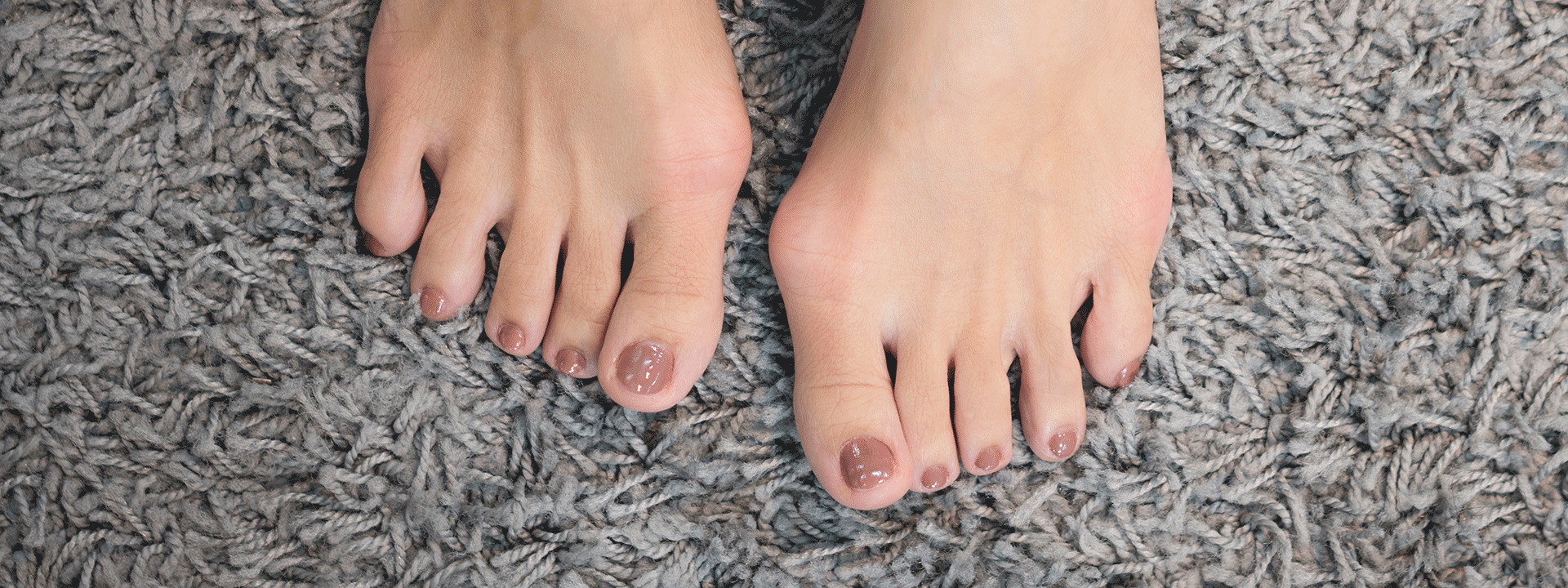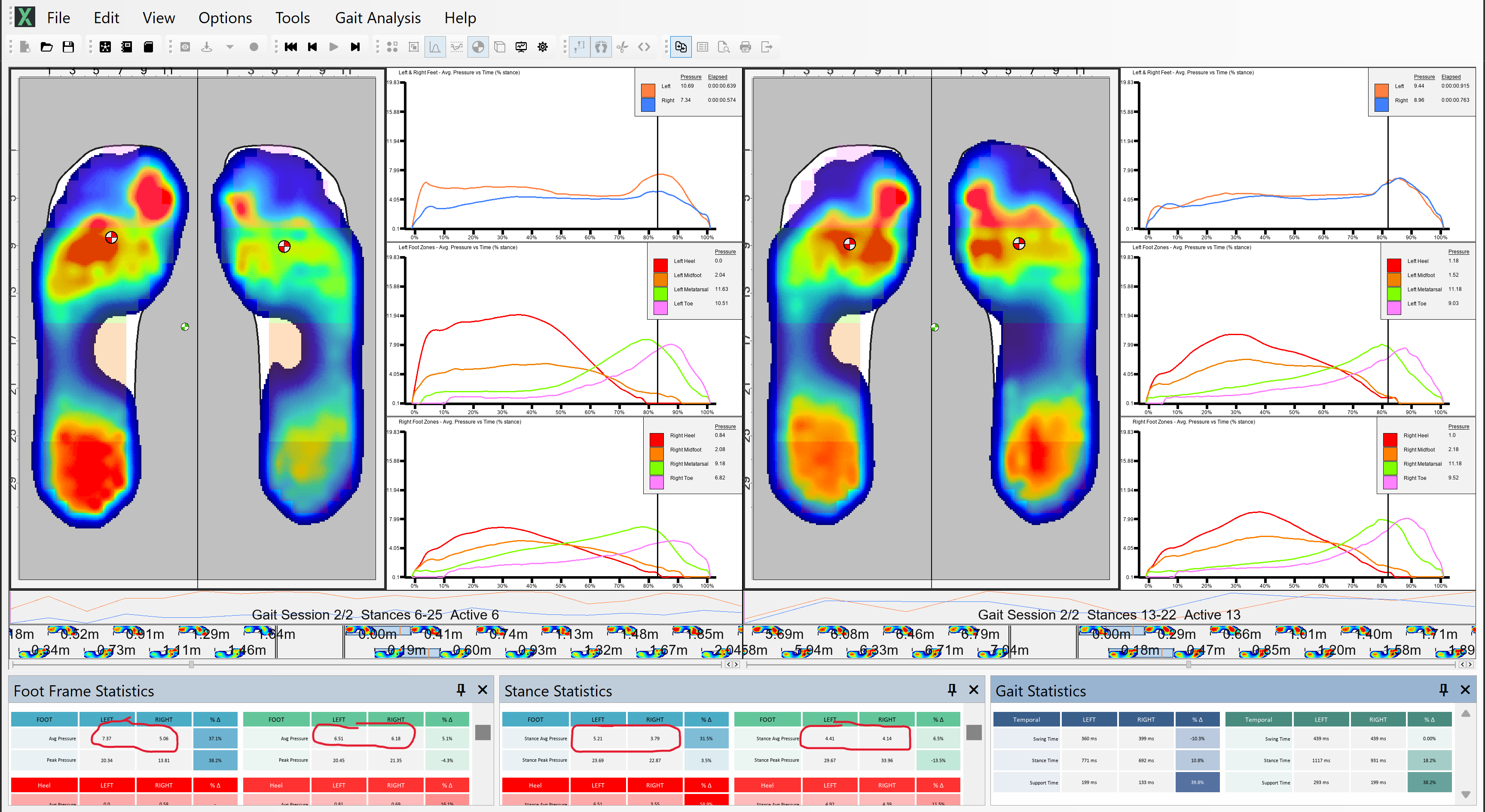
How XSENSOR's Insoles Influence My Intervention & Treatment of Foot & Ankle Pathologies
Through a series of five articles (How Two Decades of Out-Of-Shoe Pressure Analysis Led Me to XSENSOR Technology), industry-leading podiatrist Tim Bransdon will explore and provide insights into what led him to XSENSOR Technology’s Intelligent Insoles, and how the in-shoe analysis is influencing his assessment and treatment strategies for patients, and what XSENSOR means to his podiatry clinic (Wollongong Podiatry) and running programs (The Running Lab). Follow along to learn and understand more about Tim’s experience and process implementing and using the Intelligent Insoles on The XSENSOR Blog.
Read Part 1, Part 2 , and Part 3 to catch up on Tim's adventure.
How Two Decades of Out-Of-Shoe Pressure Analysis Led Me to XSENSOR Technology (Part 4): How XSENSOR's Insoles Influence My Intervention & Treatment of Foot & Ankle Pathologies
I am now several months into using XSENSOR’s intelligent insoles for plantar pressure analysis and they are proving to be an invaluable addition to my clinical decision making. Equally, they enable objective measurement of treatment interventions that I have applied.
The best way to share what I am experiencing using the insoles is to outline two recent patient case studies (Note: the case studies below are real but no personal information is shared, including names).
Tibialis Posterior Tendinopathy
The patient, Paul, presented with a three-month history of unilateral Tibialis Posterior Tendinopathy, from medial shin (distal third) to the major insertion point at the navicular. He had previously tried an arch support, but this aggravated the navicular insertion of the tibialis posterior tendon. I initially had Paul wear a medical grade compression daily, to apply light but consistent leg massages, and use a warm compress on his ankle and foot regularly.
While Paul reported significant pain reduction at his follow-up appointment, and his walking was noticeably better, XSENSOR’s intelligent insoles allowed me to compare quantitatively how much load Paul was bearing in his left foot compared to his right, as well as load differences on his injured side at different phases of the gait cycle.
Moving forward, having now introduced exercise therapy to rebuild muscle/tendon strength and endurance, I will use the intelligent insoles to monitor further improvement in loading through the gait cycle.
The comparison image (below) shows analysis from the initial appointment on the left and the follow-up appointment on the right. The top ‘Pressure vs. Time’ graphs show both feet, with the red line representing the left foot and the blue line representing the right foot. Note how much closer these two lines are at the follow-up appointment (right side).
Similarly, note on the left vs. right ‘Pressure vs. Time’ graphs the difference in waveform for the left and right heels. The elongated crest at high amplitude of the left heel before the waveform indicates prolonged loading of this foot through stance. Conversely, there is much lower waveform amplitude for the right heel (and whole foot for that matter). Finally, note some of the statistical improvements in pressure, circled at the bottom of the image.

Severe Hallux Abducto Valgus (Bunion)
The patient, Mary, presented with a long standing symptomatic Hallux Abducto Valgus (HAV), with severe deviation of the hallux. She has existing orthotics, which have helped reduce discomfort from osteoarthritis in multiple joints in both her feet. I used the intelligent insoles to analyze her walking, with and without her orthotics (in the same pair of shoes). My intention was to assess what pressure changes have been made with the orthotics thus far, and what I could do to further reduce the discomfort of the HAV.
The comparison image (below) shows Mary without her orthotics on the left and with the orthotics on the right. Note the difference in smoothness of the waveforms of the right (non-painful) vs. left (painful) feet in both of the analyses. The right foot has a significantly smoother transition from contact through to toe-off in gait compared with the left.
The Centre of Pressure (CoP) marker for the right foot is between the first and second metatarsal-phalangeal joints, compared with a more medial CoP on the left. While peak metatarsal pressure is reduced with the orthotics for the left foot, shown in the statistics at the bottom of the image, orthotic modification is needed to reduce this further.
I will conduct further analysis using the intelligent insoles at her next follow-up, hoping to see smoother waveforms for the left foot, indicating more efficient transition from contact through toe-off in gait. If this is achieved, I anticipate Mary will report improved comfort with her bunion when walking.
Measuring, mapping, and quantifying what is happening inside a patient’s shoe is extremely useful information. I believe in-shoe plantar pressure analysis should become the gold standard for practitioners working with feet.
.png?width=3456&name=Severe%20HAV%20(Bunion).png)
Stay tuned for the conclusion (Part 5) in the series coming soon.
About the Author, Tim Bransdon:
Tim Bransdon is a podiatrist based in Wollongong, Australia. He is an industry leader in the field of strength and conditioning for feet, as well as running mechanics and has two decades of experience using force plate pressure analysis for walking gait, testing strength, and power output. Tim is excited to share his experience in adding a new frontier to his podiatry practice and running work with XSENSOR Technology’s Intelligent Insoles.


